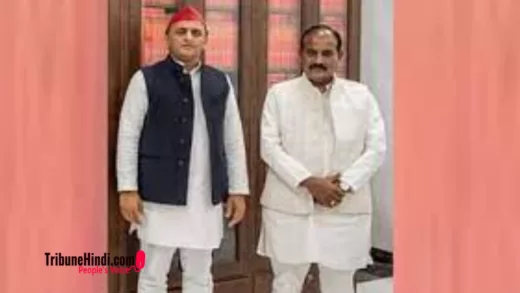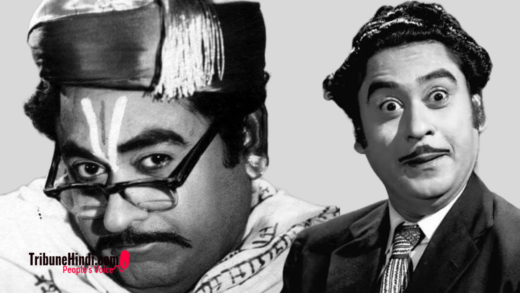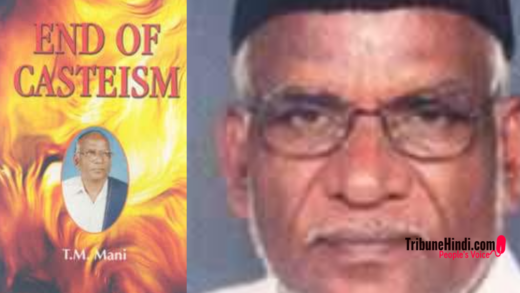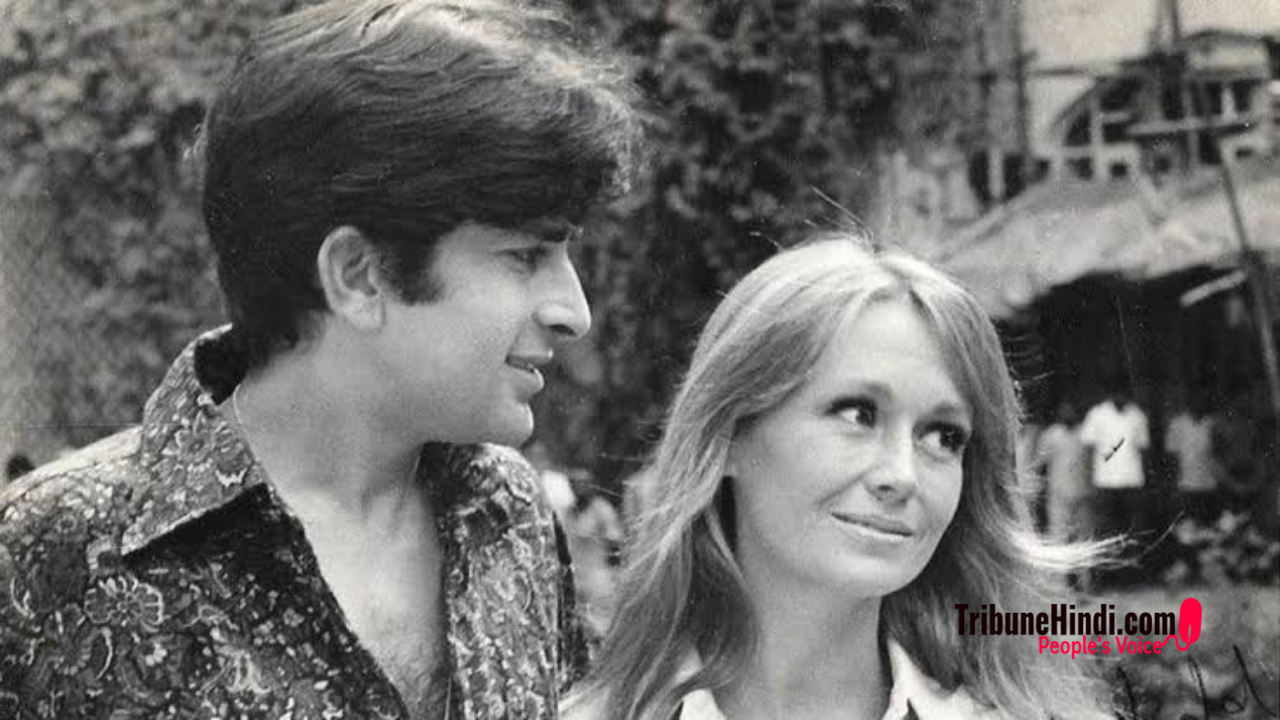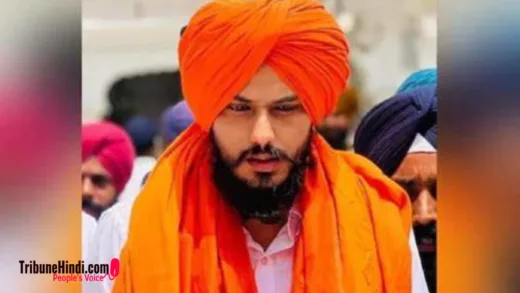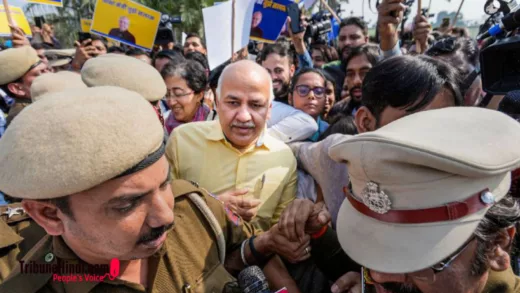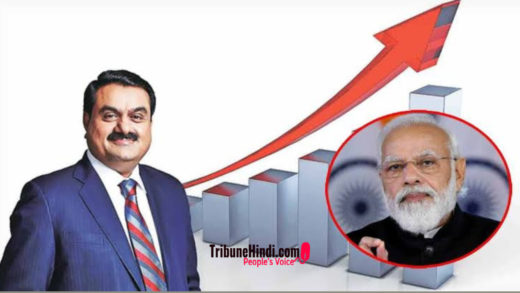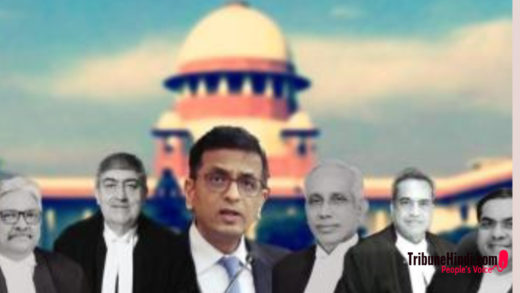Both these individuals are connected intimately with MANGAL PANDEY the first hero of 1857, the first Indian War of Independence.
On 30th June 2018, 1857 NATIONALIST FORUM is going to establish the statue of MANGAL PANDEY in front of UP Vidhan Sabha.
MARATHAS AND SHAH ABDUL AZIZ
In the name of the Mughal Emperor, Marathas ruled Delhi from 1786 to 1803. Hindu-Muslim relations were fraternal.
SHAH ABDUL AZIZ was the chief Ulema/cleric of Delhi. He was the son of SHAH WALIULLAH, the great revolutionary theorist of 18th century Indian sub-continent.
SHAH WALIULLAH
Much before Rousseau, Adam Smith and Hegel, Shah Waliullah formulated the theory of General Will (bedrock of European democracy), labour theory of value (bedrock of European capitalism) and the dialectics of class struggle as the moving force of history (bedrock of European Marxism).
Shah Waliullah translated the Koran from Arabic to Persian. He also laid down the seeds of a movement that sought to overthrow feudal tyranny and establish an Asiatiic republic of peasants, artisans, traders and the middle class. Shah Waliullah thus, was the theorist of an Indian French revolution.
Shah Waliullah died in 1762. Shah Abdul Aziz donned his father’s mantle. Having won the Battle of Plassey in 1757 through treachery, the British, working under the aegis of the British East India Company (BEIC), now threatened to enslave India.
BRITISH FEUDAL AND COLONIAL RULE
In 1793, through the Permanent Settlement Act, the British introduced European feudalism in India. In 1799, the British defeated Tipu Sultan, one of the last Indian-indigenous ruler to resist Imperialism.
Mahadji Scindia, the Maratha Sardar ruling Delhi on behalf of Marathas, died in 1796. Daulat Rao Scindia, his son, commandeered the Delhi Empire. Led by Lord Lake, a BEIC army defeated Daulat Rao Scindia in the 1803 battle of Laswari. Soon, Lord Lake was in Delhi. Taking the Mughal Emperor under their ‘protection’, the British ousted the Marathas from Delhi.
Now, feudalism and Imperialism became one–uprising against feudal tyranny became fused with uprising against colonial tyeanny.
THE ANTI-FEUDAL/ANTI-COLONIAL FATWA OF JIHAD/DHARMAYUDDH
It was at this time that Shah Abdul Aziz issued the DARUL-HARB FATWA!
The Darul-Harb fatwa issued by Shah Abdul Aziz declared British rule unlawful–it converted the anti-colonial, anti-feudal struggle against British rule into a religious war, a jihad, that Muslims had to wage in concert with their Hindu brothers. Thus, the 1803 DARUL-HARB FATWA, LAID THE BASIS FOR THE NON-PRINCELY, MASS STRUGGLE AGAINST BRITISH IMPERIALISM–IT LAID THE BASIS FOR THE INDIAN FREEDOM MOVEMENT.
The fatwa clearly stated that an uprising against the British had become imminent as BOTH Hindus and Muslims had lost power.
THE FATWA WAS NOT ISSUED WHEN MARATHAS WERE RULING DELHI. IT WAS ISSUED ONLY WHEN THE BRITISH CAPTURED DELHI.
FOR HINDUS, THE ANTI-BRITISH JIHAD WAS DHARMAYUDDH.
IN FACT, EVEN THE LATTER-DAY HINDUTVA PROPONENT SAVARKAR SUPPORTED THE FATWA AND THE ANTI-BRITISH JIHAD IN 1907!
THIS MEANS THAT CONTRARY TO COMMUNAL PROPAGANDA, MUSLIM ULEMAS WERE COMFORTABLE WITH HINDUS AS RULERS. THEIR ONLY ISSUE WAS THAT THE BRITISH, WHO DRAINED INDIAN WEALTH, SHOULD NOT BE ALLOWED TO RULE!
If it were not for this fatwa, 1857, the first war of Indian Independence, ORIGINATED BY MANGAL PANDEY, and subsequent anti-British uprisings–including the Mahatama Gandhi led freedom struggle of the 20th century–would not have been possible.
MAULAVI AHMADULLAH SHAH
On 28th March 1857, MANGAL PANDEY fired the first bullet that led to the 10th May 1857 uprising in Meerut.
Hailing from a noble-warrior family of Awadh, Uttar Pradesh, which migrated to South India in the 18th century, MAULAVI AHMADULLAH SHAH was born in Chingleput, near Madras, now called Chennai.
Also termed as Maulavi Ahmadullah Shah Madrasi, he grew up to be a political leader committed to armed, revolutionary insurrection against British rule in India. A follower of Shah Waliullah, Maulavi Ahmadullah dazzled India and the world (he spent many years in England and spoke English) with his ideas and deft art of handling arms.
Arriving in India after the annexation of Awadh in 1856, Maulavi Sahab toured the length and breadth of the country advocating armed revolution. Caught and held captive by the British in Faizabad, Maulavi Sahab was freed by 22nd BNI Sepoys who rebelled against the British in the city.
Consequently, Maulavi Sahab fought in the famous battle of Chinhat on 30th June, 1857. Indians defeated the British and captured Lucknow. Teaming up with Begum Hazrat Mahal and 22nd BNI Sepoy leaders like Ghamandi Singh, Maulavi Sahab fought many memorable battles during the 9 months Awadh remained free of British rule. His greatest contribution was making 1857 a mass uprising of peasants, artisans and the poor in Awadh.
After the fall of Lucknow, Maulavi Sahab set up his own administration in Khairabad, Sitapur. He harassed Colin Campbell, the greatest General the world had ever seen. In May 1858, Maulavi Sahab shocked Campbell by capturing Shahjahanpur and organising resistance in Ruhelkhand. Lured into a trap by Bhawani Singh, the pro-British ruler of Puwayan, Shahjahanpur, Maulavi Sahab was killed and beheaded on 5th June 1858.
Thomas Seaton, the British officer involved in operations against Maulavi Sahab described him thus: “A man of great abilities, of undaunted courage, of stern determination, and by far the best soldier among the rebels…”

